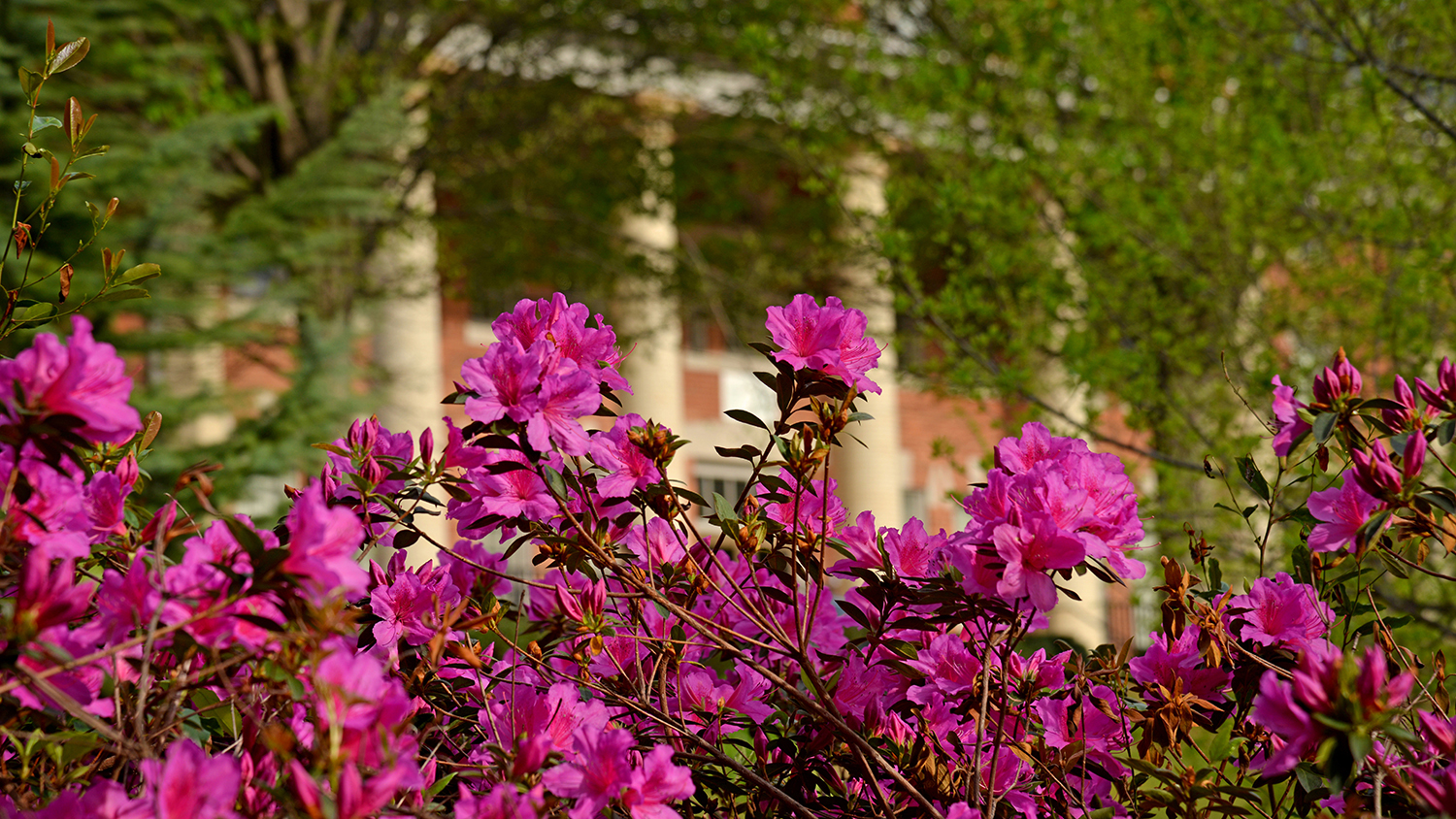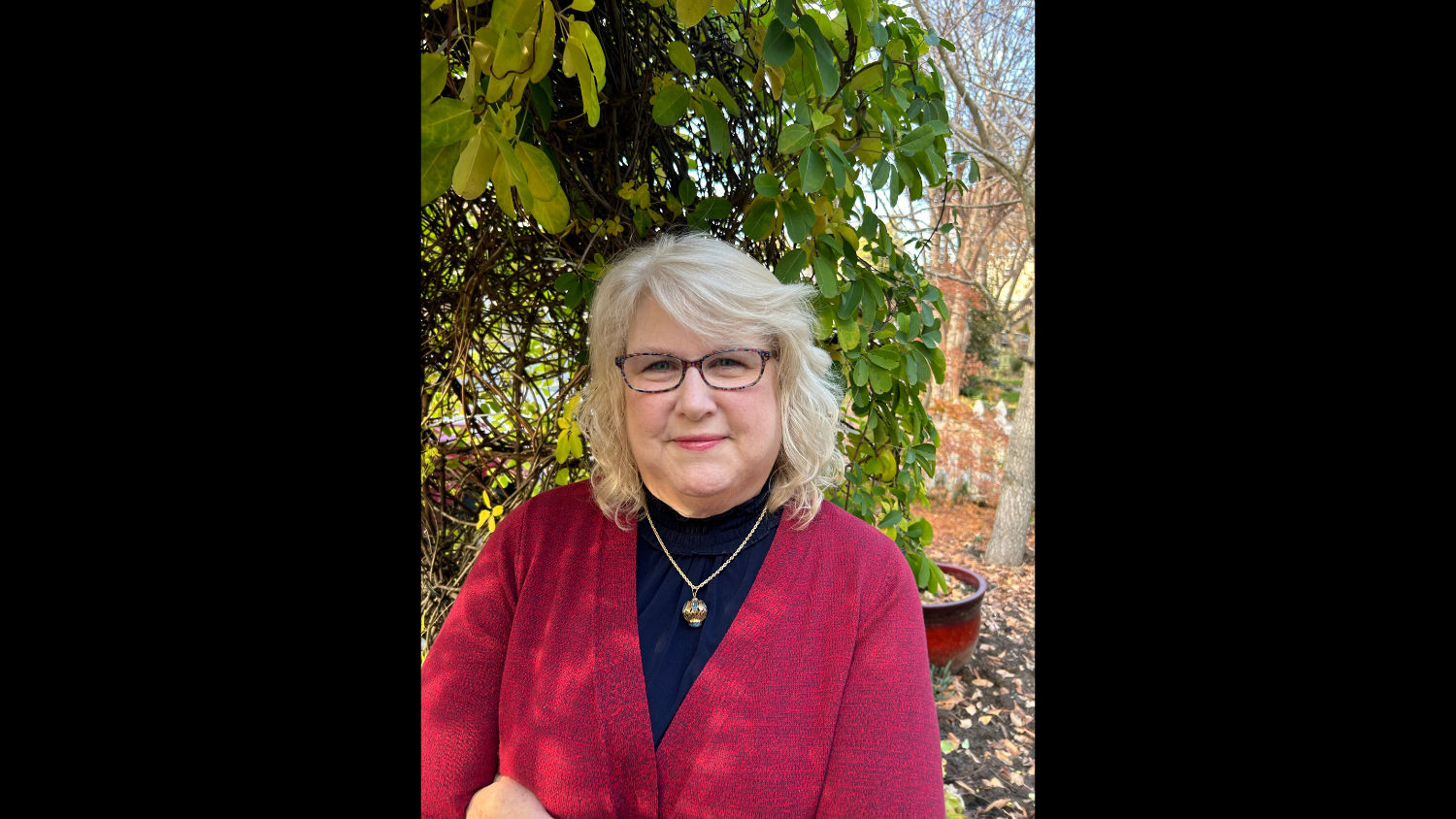5 Questions With Jim Gates, 2017 Diversity Lecture Speaker
For most of us, “string theory” and “supersymmetry” are vague but evocative terms that seem to point to a mysterious sub-reality underlying the world we know. For theoretical physicist S. James “Jim” Gates, director of the Center for String and Particle Theory at the University of Maryland, the fearsomely complex mathematics of string theory and supersymmetry are all in a day’s work. Gates is also a Distinguished University Professor, University System of Maryland Regents Professor and John S. Toll Professor of Physics, as well as a member of the National Academy of Sciences. He received the National Medal of Science from President Obama in 2013.
Gates is coming to NC State on Thursday, Feb. 9, to deliver the 2017 Humanities and Social Sciences Diversity Lecture, titled “Equity vs. Excellence: A False Dichotomy in Science and Society.” He will speak from 6 to 7:30 p.m. in Room 3285 in NC State’s Talley Student Union. The lecture is free and open to the public.
In an interview this week, Gates discussed the books that led him down the path of science, the teachers who influenced him to excel and the series of events that led to one of his essays being presented to the U.S. Supreme Court.
The title of your upcoming lecture at NC State is “Equity vs. Excellence: A False Dichotomy in Science and Society.” What do you plan to talk about?
I plan to speak on what a scientific perspective brings to the discussion surrounding principles for moving beyond the traditional discriminatory practices that have operated in the United States almost from its creation.
You became involved in the U.S. Supreme Court case Fisher v. Texas when you contributed to an amicus brief submitted in support of the race-sensitive admissions policies at the University of Texas. How, and why, did you get involved in this case?
The complete answer to “how” is rather long, so I’ll begin by addressing the “why.” I believe the major value a scholar offers to society is to respond to difficult questions when asked to do so. More than 20 years ago, I was asked such a question about affirmative action and college admissions. After two years of thinking about the question, I arrived at an answer that seemed right to me, which I stated in an essay published in the July 1995 issue of The Scientist. After that point, whenever I was asked my opinion on such matters, I responded with an essay.
In 2009, representatives of the American Association of Universities and the American Association for the Advancement of Science who were aware of my past essays invited me to write another one as part of their Handbook on Diversity and the Law. That essay, titled “Thoughts on Creativity, Diversity and Innovation in Science and Education,” was cited in the amicus curiae documents presented to the Supreme Court in the Fisher v. Texas case in 2013.
Apparently, I am in the curious position of being a theoretical physicist whose writings have been presented before the Supreme Court of the United States.
A few years ago at the World Science Festival, you talked about how your high school teachers had fostered a sense of self-confidence in you because they were all African-Americans. Can you say more about the connection between your teachers’ race and your own confidence as a young person?
I started school in 1957 as the only African-American student in a class of about 30 on a U.S. Army post in Texas. My only time in purely segregated classrooms was at L.C. Jones High School in Orlando, Florida, a school that has provided more than a century of education services to the African-American community. All my teachers there were African-American, so I saw academic excellence come as naturally as athletics in this community.
The self-confidence I spoke about was the result of these teachers having the highest accomplishments in their discipline, modeling excellence and demanding it of me.
Your main area of interest as a physicist is supersymmetry, which attempts to solve fundamental problems in physics by positing an overarching symmetry between all matter and all energy. To a layperson, supersymmetry seems very abstract, complex and difficult. What drew you to such a challenging field?
I was four years old when I first began to become aware of this thing called “science.” When I was eight, one day my dad brought home four books about space travel by an author named Willy Ley. After reading those books, I knew that if I got my wish, science is what I would do with my life.
Our family stories say my grandfather Joseph could neither read nor write, but he could do arithmetic. My dad never finished high school, but I recall watching him study mathematics as a soldier. So we like math in my family, and it seems to have passed on to my twin daughter and son, who are both in Ph.D. programs in the sciences.
What are you working on in your research and scholarship these days?
The answer to the question “What am I doing now” is that I’m having more fun at age 66 than when I was 18. A few years ago, my work led to the creation of some totally new mathematical equations and concepts that we have named “adinkras” after the west African symbol. So my research is a strange mixture of mathematics, theoretical physics, computer science and something that is highly reminiscent of genetics. Researchers can read my latest research paper online.
- Categories:


